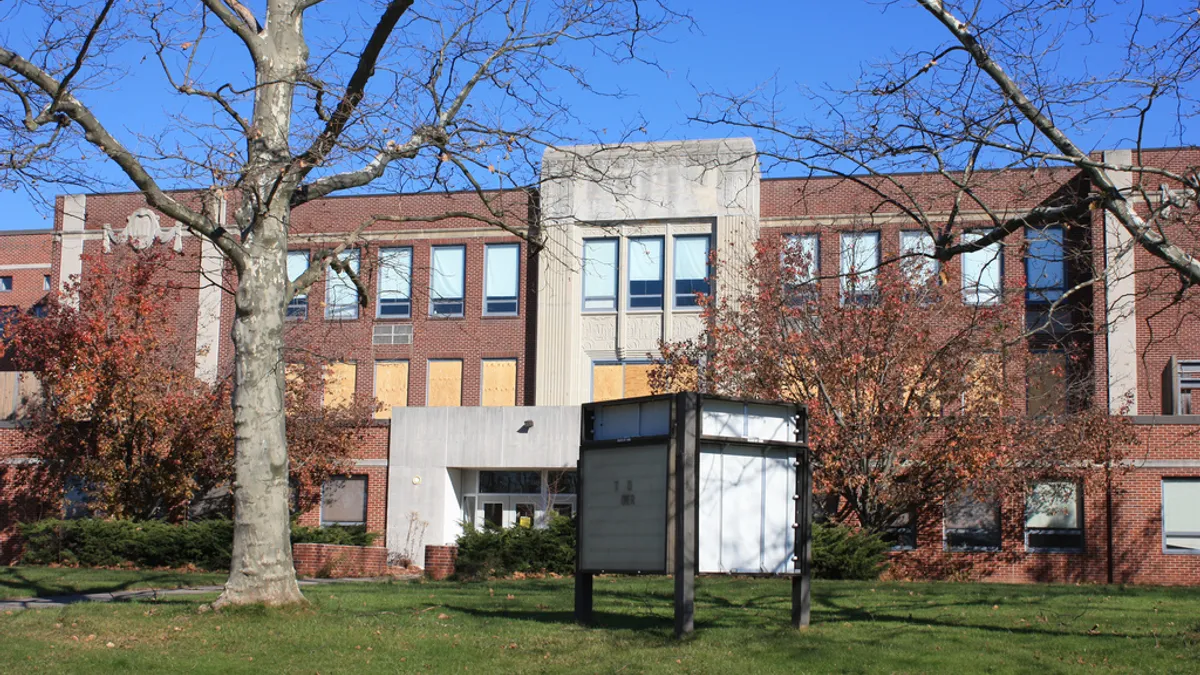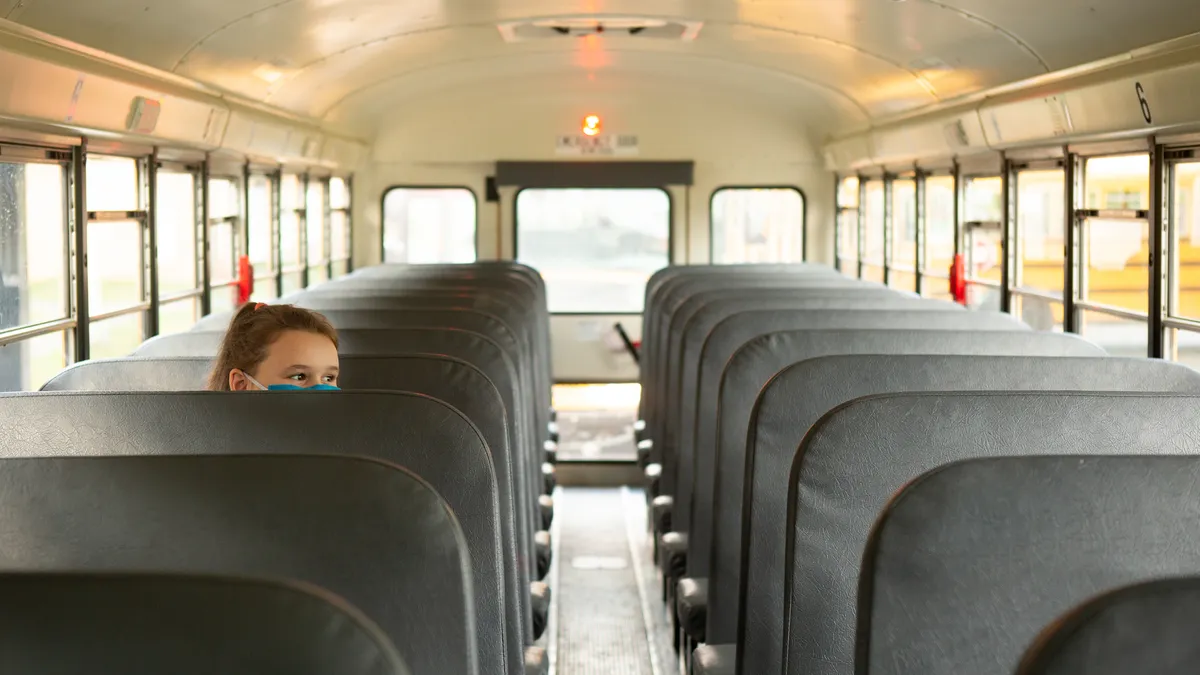Dive Brief:
- Thousands of students attend classes in dilapidated and structurally deficient schools throughout the country, according to The American Prospect, but some lawmakers have a proposal to help schools access funding for infrastructure improvements with historic preservation tax credits.
- The idea could potentially affect between 15,000 and 20,000 out of 100,000 school buildings nationwide that could be eligible for the tax credit, and its supporters include Virginia Senator Tim Kaine.
- Kaine said that President Donald Trump’s affinity for touting infrastructure projects, tax credits and public-private partnerships make the time ripe for introducing legislation to help affected schools, though some worry that the tax credit program may be eliminated all together in tax reform negotiations.
Dive Insight:
Alternative approaches are required to refurbish schools that are in dire shape. A school infrastructure spending report by the American Society for Civil Engineers found that nearly 24% of public schools were in “fair” or “poor” condition, with $58 billion needed just to maintain facilities annually. School spending is falling behind the need, and advocates are frustrated by a national call for infrastructure that doesn't seem to include revamping public schools.
There is often inequity in the physical condition of school facilities, with many schools in affluent communities benefiting from well-kept buildings, while the schools in low-income communities more frequently fall into disrepair. Much of the funding for school infrastructure spending comes from state and local funding, with the latter particularly tied to the property tax rate. Without affluent residents and/or outside investment, it can be difficult for schools in these communities to make upgrades or improvements, or even just to keep pace with the kind of financing the ASCE report suggests is necessary for maintaining school infrastructure.
However, these communities are typically more reliant on federal funding, which offers an opportunity for federal involvement in infrastructure spending. The government, if it is committed to school infrastructure, could invest further in the schools it already invests in disproportionately. The more pressing question will be if there is a political will to fund such infrastructure programs, which has not been seen among many legislators or from the White House as of yet.






 Dive Awards
Dive Awards






